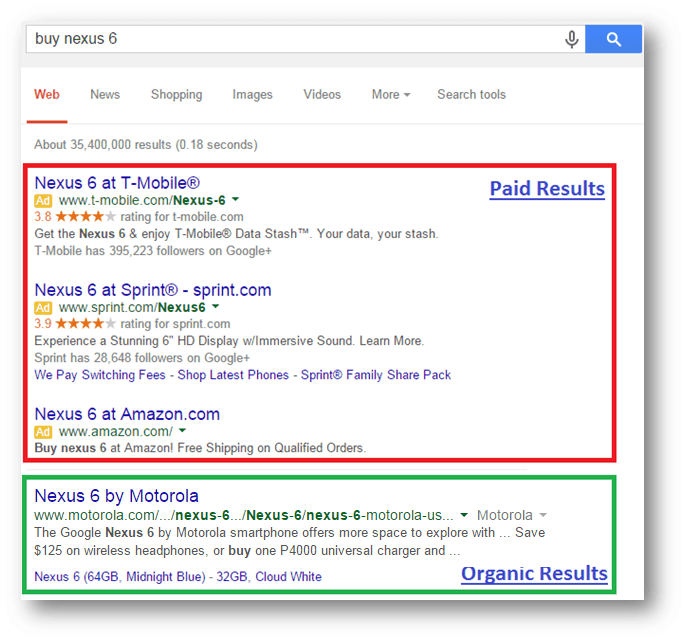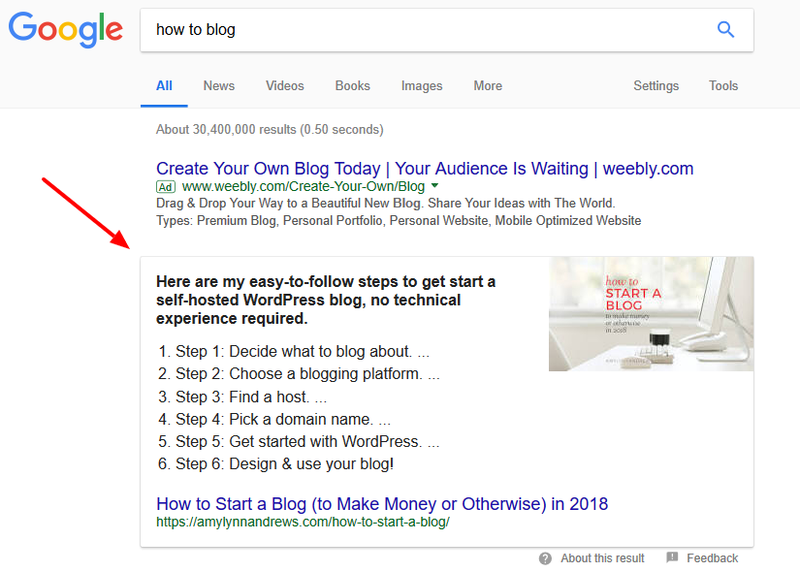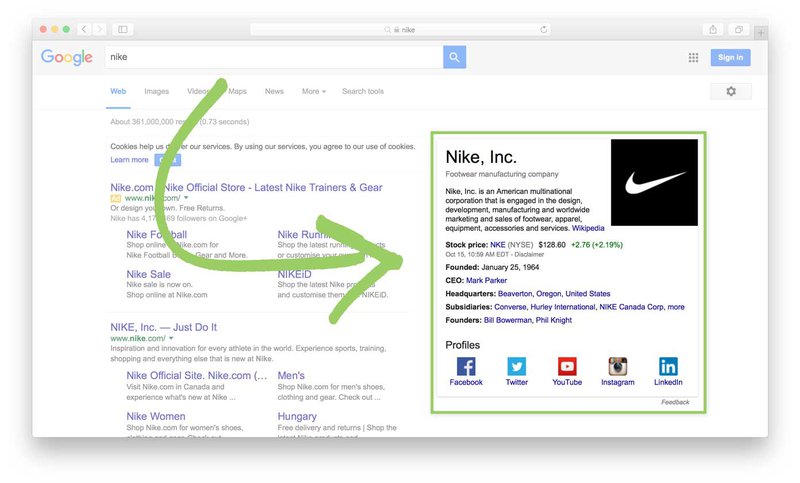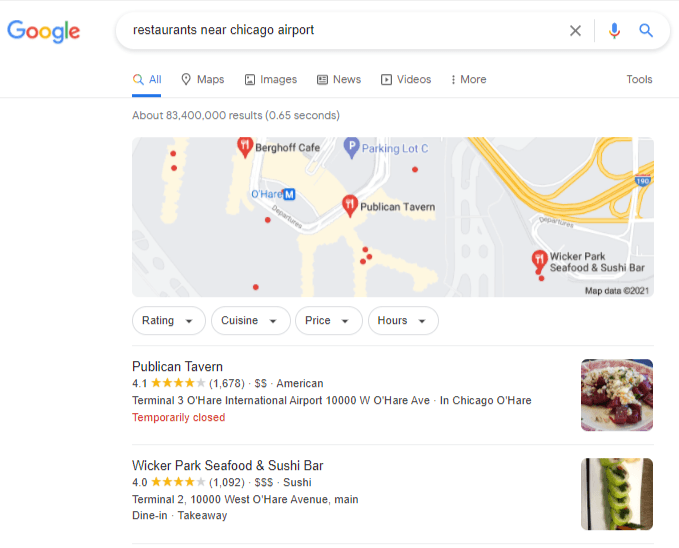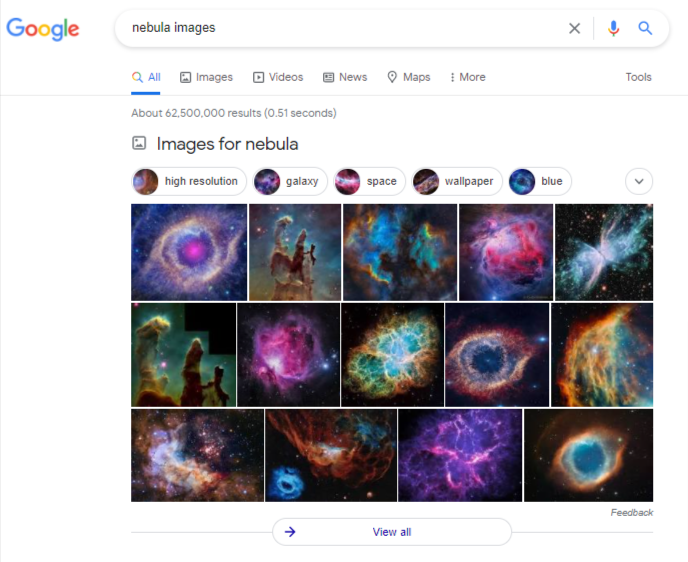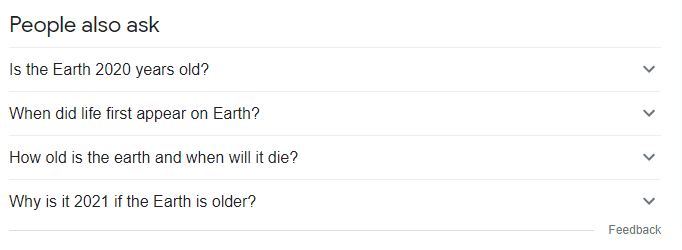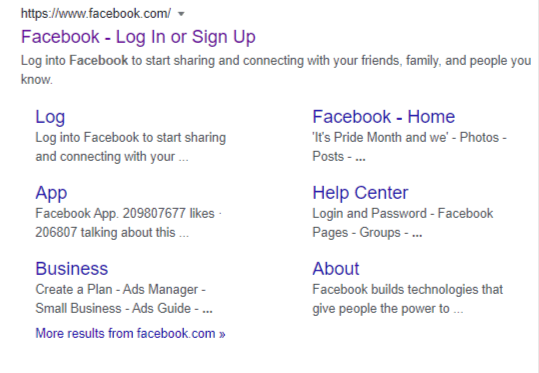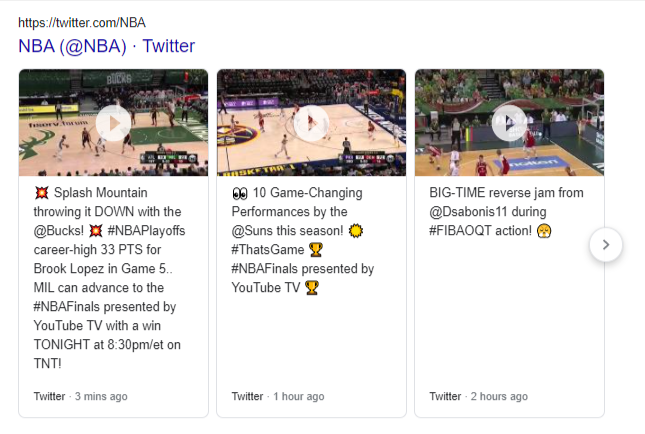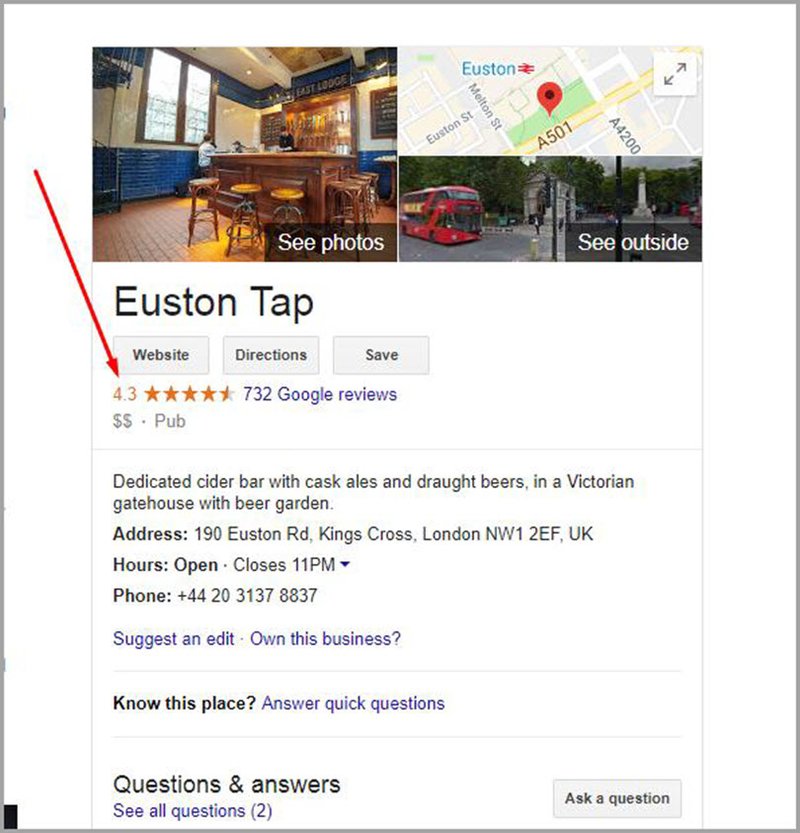10 Best Free (or Cheap) Local SEO Tools
What is Local SEO?
Local SEO is the technique of utilising local SEO technologies to improve your online visibility and presence among people. The top three most relevant local search results show a business's open hours, rates, phone numbers, reviews, address, and services offered. They are generally more trusted and clicked on than organic or normal search engine results since they appear above organic or regular search engine results.
Why Local SEO is important?
Local SEO is crucial since it has the ability to increase the number of clients that visit your organisation. It's especially important for firms that rely on in-person visits for the majority of their income. Hotels, cafés, restaurants, private medical practitioners, attorneys, florists, fitness centres, hairdressers, and other businesses fall within this category. You should employ local SEO services or local SEO tools to verify that your local SEO is performing to its full potential. The majority of these tools are costly, however, some are free up to a certain point.
1. Google My Business
Google My Business is a free and simple-to-use tool for local SEO. Aside from assisting you in creating a distinctive profile, Google My Business also allows you to track how your consumers contact you. By tracking the number of views, searches, and clicks you get from various sources, you may improve the sections that aren't doing effectively. You may also monitor the results of any paid campaigns, adverts, offers, events, and third-party links. It also provides relevant CTAs that convert more leads and helps you to analyse rival performance. If you're on the go, you may use it on your PC or on your smartphone.
2. Whitespark
Whitespark is one of the most widely utilised local SEO tools, with some of the industry's largest names using it. The tool comes with a variety of tools to help you enhance your business's SEO listing, and the results are high-quality. You can watch your organic and paid search success, as well as analyse competition performance, using Whitespark. Whitespark's quick notification notice, which you receive in the event of a negative customer review, is a useful tool that allows you to take rapid action. The local citation finder, reputation builder, and link prospector tool are some of the other features. For limited searches, Whitespark is free. It offers reasonable monthly/yearly membership rates for unrestricted access.
3. MOZ Local
Moz Local combines your company listing with SEO data across major and popular search engines, third-party applications, and online directories, similar to Yext and SYNUP. Moz Local monitors and analyses the consistency and efficacy of your local SEO listings. Moz also makes it easy to update your listing on a regular basis; all you need is a simple login. It also includes a keyword explorer and statistic tool to help you find out what your potential customers are looking for. It includes automatic weekly insight reports to help you review your listing performance and track your reach, in addition to assisting you in assessing your listing performance and tracking your reach.
4. SEMrush
SEMrush is a well-known SEO and local SEO tool. SEMrush also offers a centralised listing interface, so you can just submit your information and let the programme handle the rest. It distributes your information throughout its network of partner directories, applications, and search engines in real-time. You'll be able to keep track of both your performance and consumer feedback in one convenient location. Its position tracking tool also allows you to assess competition performance and determine which keywords will help you reach the top of the search results. Other aspects of SEMrush that make it a feasible alternative include keyword research and backlink checking.
5. Growthbar
Growthbar is a product of Google Chrome. It's a low-cost local SEO solution that comes in the form of a Chrome extension or a standalone application. Growthbar's main goal is to show you which keywords are doing the best on search engines and occupying the top positions. You may improve your local SEO search ranks by analysing the best-performing competition terms and their search volumes. You may also check your backlinks, organic traffic, and domain authority.
6. Google Analytics
Google Analytics is a largely free and partially paid tool (for the premium SEO and local SEO services). It helps you climb the Google ranking ladder with easily since it provides insights that only a Google-based AI can provide. You may analyse organic and non-organic data, identify the best-performing keywords and landing pages, and build a bespoke dashboard for your company. Google Analytics assists local firms in thriving by identifying important consumer trends and patterns.
7. Google Search Console
The Google Search Console is a free SEO and local SEO tool that allows you to see how Google sees your company's website and online presence. It lets you track the performance of your keywords by providing a comprehensive study of search traffic and user interaction. The Google search console's finest feature, though, is the security services it offers. It manages indexing, spam, hacking, malware, duplication, and other difficulties, as well as troubleshoot errors, site load issues, and other concerns. It also displays you which websites connect to your company's website and keeps your site or listing's general user-friendliness up to date.
8. GEO Ranker
Another tool worth mentioning in the list of top local SEO tools is the GEO ranker. GEO ranker aids in the creation of clickable citations for your business as well as the monitoring of your local search rankings. It accomplishes this in a novel and visually appealing manner. It uses colour-coded heat maps to demonstrate how your website or listing ranks in various national and worldwide areas in real-time. It also includes a keyword density, keyword recommendation, and citation tool to help you stand out from the crowd. The application may also be used to evaluate your key performance indicators and manage your adverts and campaigns.
9. BiQ
BiQ is yet another local SEO tool with real-time tracking capabilities. BiQ, on the other hand, excels in identifying current gaps in your keyword usage and content strategy and devising creative solutions to close them. After assisting you in identifying essential SEO and local SEO concerns in your content, it directs you to the top-performing keywords on search engines. It assists you in recognising user intent by locating short and long-tail relevant keywords, allowing you to improve your conversion and sales funnels. It also allows you to keep tabs on how your rivals are doing and which keywords are assisting them in ranking at the top.
10. Review trackers
Review trackers are one of the most effective SEO and local SEO tools in the digital market for obtaining momentum. Review trackers' main goal is to increase conversions and revenue by using customer and brand reviews. The tool allows you to manage all of your listing information in one place, allowing you to boost your online and offline presence and engage more consumers. Positive evaluations and social testimonials, according to the firm, help to establish trust and increase conversions. It also makes it simple for you by streamlining your company listing data across 1000+ partner applications and engines.
.png)


